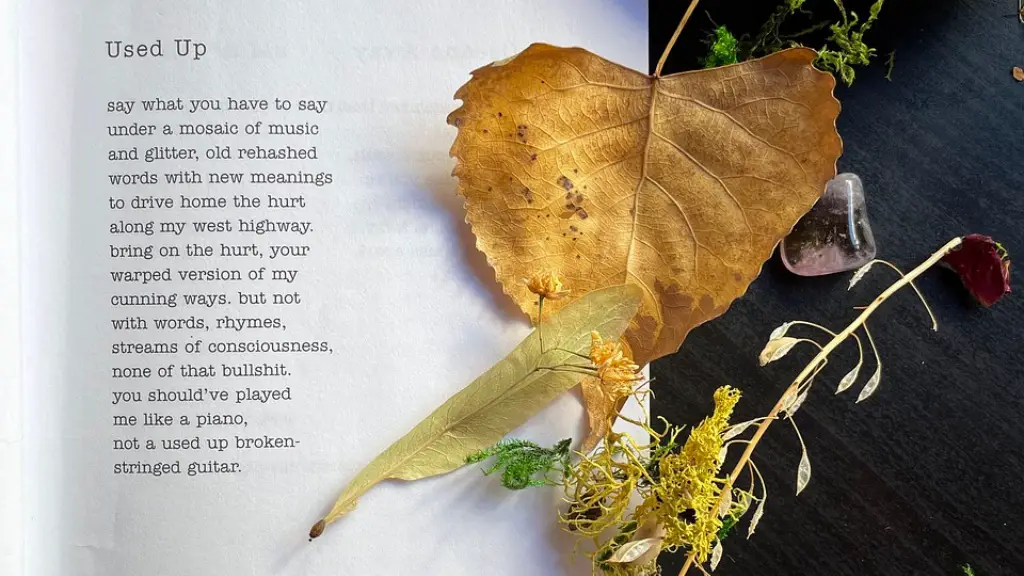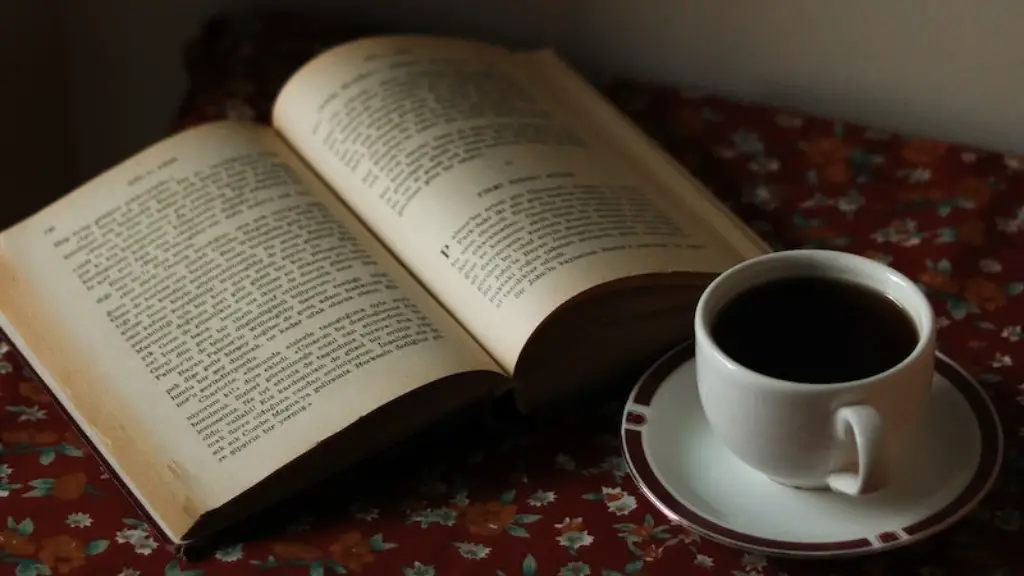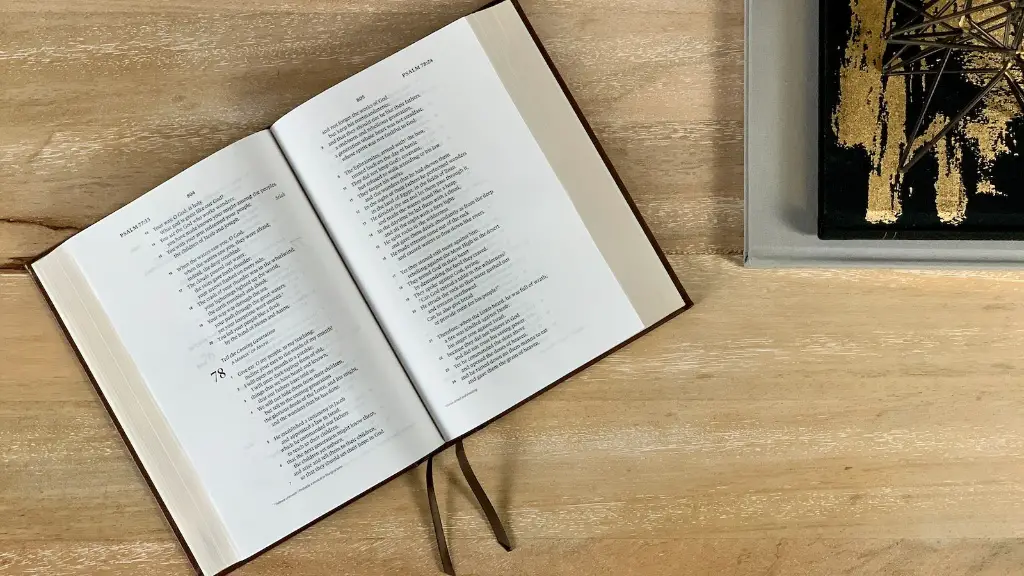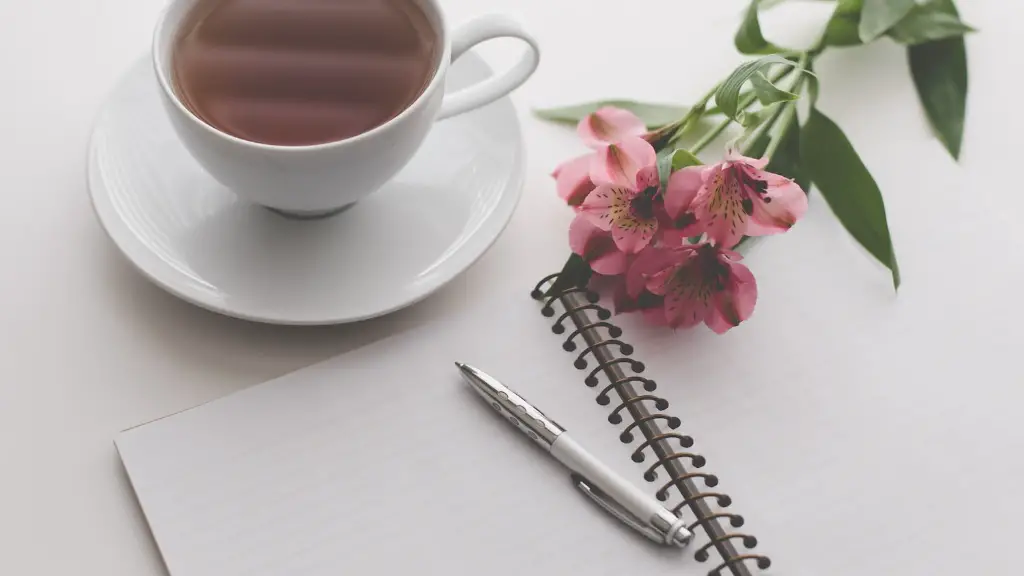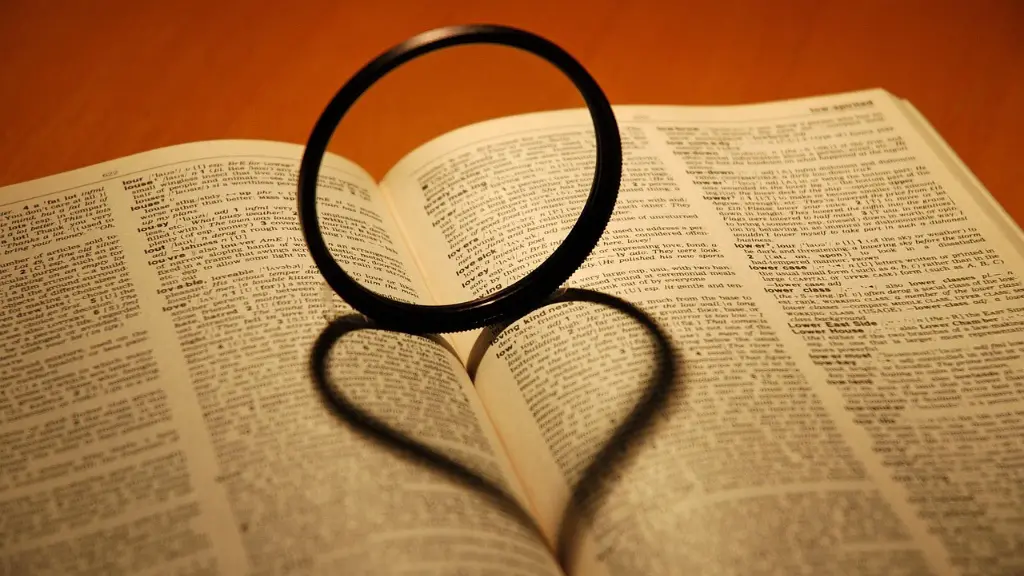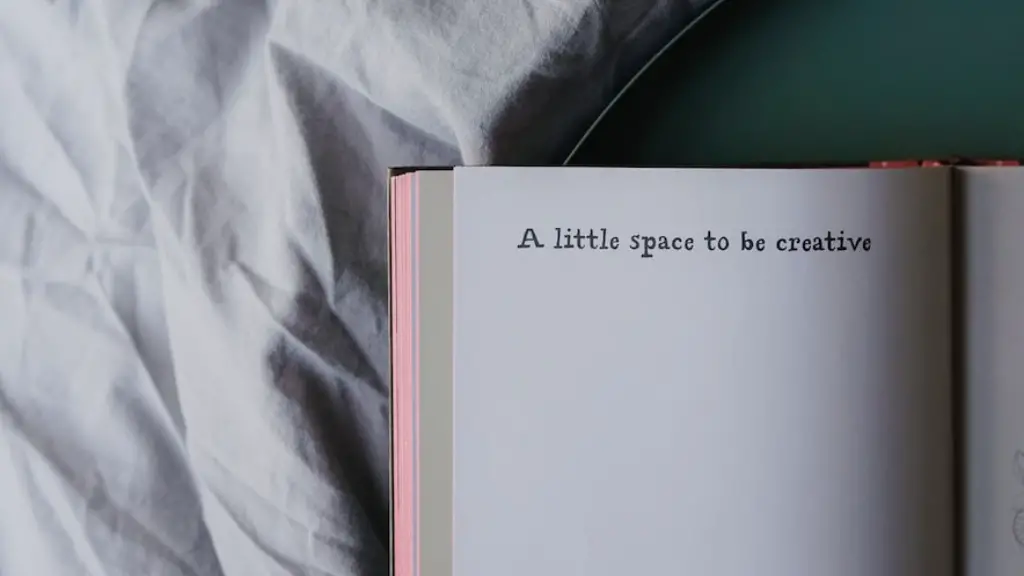Poetry is a form of communication and self-expression that has been around since ancient times. It is a unique way of conveying powerful messages that go far beyond mere words. There are many different forms of poetry that have developed over time and each form has its own special characteristics and style. From haikus to sonnets and epics, poets use a range of poetic tools to create both personal and public works that can change the way we think, feel and act.
The Main Forms of Poetry
The main forms of poetry are lyric, narrative, and dramatic. Lyric poetry is characterised by musical or emotional expression and is the most common form of poetry. Lyric poetry is often written in the first person, depicts a single moment or thought and can take the form of an ode, song or ballad. Examples of lyric poetry include William Wordsworth’s ‘Daffodils’ or Christina Rossetti’s ‘Goblin Market’.
Narrative poetry is a popular form of poetry that tells a story. It usually takes the form of an epic, a lengthy narrative poem that tells a story about a hero’s journey and adventures. Homer’s ‘The Iliad’ and Virgil’s ‘The Aeneid’ are regarded as two of the most important works of narrative poetry.
Dramatic poetry is written as a one-act play or as a dialogue between two or more characters. This form of poetry often contains elements of comedy and tragedy, as well as being heavily focused on conflicts, emotions and themes. Shakespeare’s plays are perhaps the most well-known examples of dramatic poetry.
Non-Standard Forms of Poetry
The main forms of poetry may be the traditional and most recognizable types but there are also many non-standard forms that are just as interesting and valid. Free verse is a type of non-standard poetry which does not follow any set pattern, rhyme or meter. It is free-flowing and allows the poet to express their individual voice and style. Limericks are five-line comical poems, often containing bawdy humour. Haikus are three-line Japanese poems that evocatively evoke nature, emotions and love.
Concrete poetry – also called shape poems – are poems written in the shape of the subject. The shape of the poem draws both literal and figurative meaning from the work and can be used to create powerful imagery. For example Heather Smith’s poem ‘Falling’ is written in the shape of a teardrop and conveys the sadness and devastation of grief, while Naomi Shihab Nye’s poem ‘Kindness’ is written in the shape of a star to convey the power and hope associated with kindness.
Art of Poetry
Poetry is more than mere words; it is an art-form that has its roots in ancient cultures from across the world. It has the power to move, to touch the soul and to inspire people to action. Great poets are often held in the highest regard, from Homer and Sappho in Ancient Greece, Dante Alighieri in medieval Italy, to Rumi in medieval Persia and beyond.
Many modern poets have also used their art-form for political and social change, with the likes of Maya Angelou, Langston Hughes, Audre Lorde and W. H. Auden all engaging with powerful subjects and causes in their work. And while formalistic tradition still has its place in modern poetry, there is also space for more experimental and free-form poetry.
What Makes a Good Poem?
What makes a good poem is a complex question that has been debated since the dawn of literature. The elements of a good poem will vary depending on the person and the context but there are some common elements that will be present in all quality poetry. A good poem should be well-crafted and make use of language, imagery, emotion and rhythm to engage the reader.
Great poets have an instinctual understanding of the audience and are able to judge how far to push the boundaries without losing the reader. They have the ability to use their words to evoke strong emotions, shape opinions and make bold statements. Ultimately, the poet’s voice sets them apart from other writers and helps create great works.
Purpose of Poetry
The purpose of poetry varies greatly. Some poets write to capture and express their innermost emotions, while others focus on creating poetic works which encapsulate and comment on society and its values. Poets can use their craft to venerate beauty or warn of dangers, to celebrate love or grieve loss. Poetry is a multifaceted form of expression used to convey messages and values to people of all backgrounds.
Poetry can also bring comfort and solace in difficult times, in much the same way that a comforting song can bring a renewed sense of calm and peace. The power of poetry can be seen in the way it has been used historically, from passionate political works to poignant protest poetry and heartfelt love sonnets. Poetry is both an art-form and a tool to be used for inspiring, educating and entertaining.
Benefits of Poetry
As well as the power to move, shape opinions and connect with people, poetry has many practical benefits. Writing and reading poetry can enhance literacy and linguistic abilities, as well as developing creativity and imagination. Crafting poems can help people work through their emotions and express themselves in a constructive and meaningful way, while reading other poets’ works can offer comfort, hope and perspective.
Forbes has included ‘writing poetry’ in their list of top 10 ways to relax, claiming that it can help “clear your head and restore balance”. Humans have a deep-rooted connection to the art-form and in times of crisis, they look to poetry to make sense of the world, the same way they have done since the dawn of civilisation.
How to Start Writing Poetry
If you’re looking to start writing your own poems, there is no correct way to begin. It all starts with inspiration, and every poet finds that in different places whether it be in life experiences, literature, nature, music or culture. If you’re stuck for ideas, often just reading other poets’ words is enough to give your ideas some impetus.
Once you have the spark of inspiration, you should start by familiarising yourself with poetic techniques such as rhythm, rhyme, assonance and alliteration. Look for inspiration in language and the world around you, and jot down any words, concepts or ideas that take your fancy. Craft your poem and review it, taking care to use clear and concise language and make sure to proof-read it once you’re done.
Benefits of Reading Poetry
As well as writing, reading poetry can bring a huge range of benefits, from relaxation to new and creative ways of thinking. Poetry can help people to express their thoughts and articulate their emotions, think and feel more deeply, as well as expanding imaginations and igniting passions for creativity. Reading poetry can be a powerful experience when done right and can help people to understand the perspective of others and the world around them.
Research has also suggested that reading poetry can help with stress relief, improved concentration, and better mental health. Poetry allows you to escape into a world of words, giving you an opportunity to reflect on your own life and draw inspirational ideas that can help you to improve your wellbeing and outlook on life.
Applying Poetry to Life
Using poetry in everyday life is an incredibly powerful way of taking an often abstract art-form and applying your ideas to the world around you. Poems can offer hope, comfort and inspiration, and often remind us of the beauty, sorrow and complexity that exists within the world. Incorporating poetry into our lives helps to remind us of the beauty in the mundane and often allows us to express complex emotions more clearly than we may have thought possible.
One example of this is writing morning pages, which involves writing three random pages of consciousness about your thoughts, feelings and surroundings as soon as you wake up. This creative practice, popularised by Julia Cameron, has been proven to help people to process their anxiety and focus on the present moment. Similarly, there are many mindfulness activities that make use of poetry such as mindful poetry walks, reciting haikus or listening to podcasts composed of poems.
Conclusion
Poetry is a timeless art-form that has been used throughout history to express emotions, tell stories, venerate causes and much more. There are many different forms of poetry, ranging from lyric to narrative, and each form has its own unique style and techniques. Writing and reading poetry can be used as a powerful tool to connect with people and gain a better understanding of ourselves and the world around us. Finally, there are numerous ways to apply poetry to our lives, from morning pages to mindful poetry walks, using poetry as a gateway to self-discovery and emotional healing.
